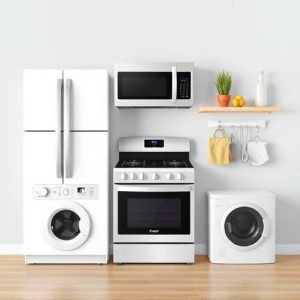Maintaining accurate temperature control in major appliances like dryers is crucial for efficiency and safety. Dryer thermostats regulate heat levels, but can drift over time, leading to inconsistent performance. Calibration adjusts these thermostats for precise temperature readings, preventing over-drying or under-drying, enhancing energy efficiency, and extending appliance lifespans. By ensuring even heating and consistent temperatures, proper calibration reduces energy consumption and potential fabric damage. Regular thermostat calibration is simple yet effective for optimal dryer performance, cost savings, and efficient energy use in major appliances.
Maintaining optimal heat levels in your dryer is crucial for both energy efficiency and garment care. This is where dryer thermostat calibration plays a pivotal role. Dryer thermostats, integral components in major appliances, regulate heating, ensuring fabrics aren’t damaged or dried inconsistently. Over time, these thermostats can drift, leading to suboptimal performance. Understanding how to calibrate your dryer’s thermostat not only extends the lifespan of your appliance but also ensures consistent and energy-efficient drying.
- Understanding Dryer Thermostat Calibration
- The Role of Thermostats in Major Appliances
- Signs Your Dryer Thermostat May Need Calibration
- How to Calibrate a Dryer Thermostat
- Benefits of Maintaining Optimal Heat Levels
Understanding Dryer Thermostat Calibration

Maintaining accurate temperature control in major appliances like dryers is crucial for both efficiency and safety. This is where dryer thermostat calibration comes into play. The thermostat acts as a regulator, ensuring the drying process maintains optimal heat levels throughout. Over time, these thermostats can drift, leading to inconsistencies in performance. Calibration involves adjusting the thermostat to ensure it reads temperatures accurately, which is essential for preventing over-drying or under-drying clothes, both of which can lead to damage or safety hazards.
Proper calibration ensures that your dryer heats up evenly and maintains a consistent temperature during the drying cycle. This is particularly important as it directly impacts energy usage; an improperly calibrated thermostat might result in excessive heating, leading to higher electricity bills. Regular checks and adjustments can help extend the lifespan of your appliance while ensuring optimal performance and energy efficiency.
The Role of Thermostats in Major Appliances
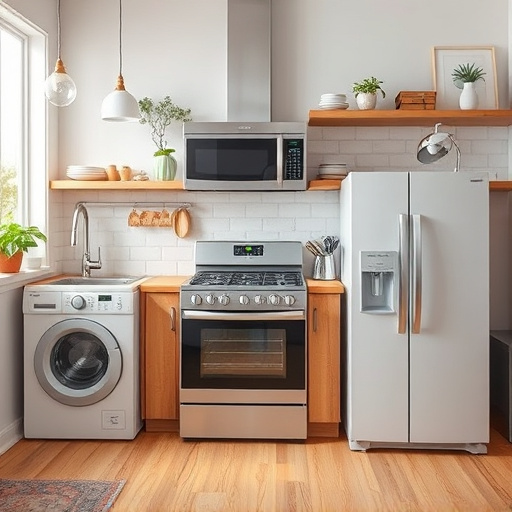
Thermostats play a vital role in major appliances, acting as the regulators of temperature and heat distribution. These essential components ensure that home appliances like dryers, ovens, and heaters function at their optimal levels, maintaining the desired temperature consistently. In the context of major appliances, such as dryers, thermostats are crucial for energy efficiency and user safety.
They enable precise control over heat, preventing overheating and ensuring even drying or baking. By calibrating dryer thermostats, users can achieve the perfect balance of warmth and moisture, enhancing the overall performance of the appliance. This simple yet effective mechanism contributes to a more sustainable and cost-effective household by optimizing energy usage in major appliances.
Signs Your Dryer Thermostat May Need Calibration
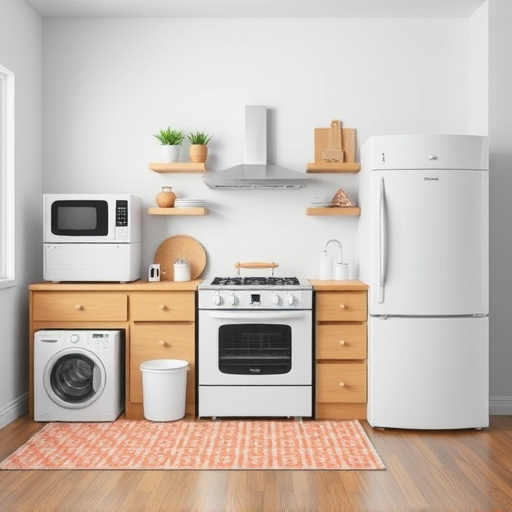
If your major appliances, especially your dryer, aren’t performing optimally, it might be time to consider thermostat calibration. Here are some signs that indicate your dryer’s thermostat may need a tune-up:
1. Uneven Drying: If you notice that your clothes are not drying evenly or if certain items take far longer than they should, it could be a red flag. An improperly calibrated thermostat might fail to maintain the set temperature, leading to inconsistent drying results and potential damage to your fabrics.
2. Excessive Energy Consumption: High energy bills can sometimes be attributed to a faulty thermostat. If your dryer is running for extended periods without achieving the desired heat level, it could be a sign that the thermostat needs calibration. Calibrating the thermostat ensures it accurately reads and regulates temperature, thereby optimizing energy efficiency in major appliances like dryers.
How to Calibrate a Dryer Thermostat
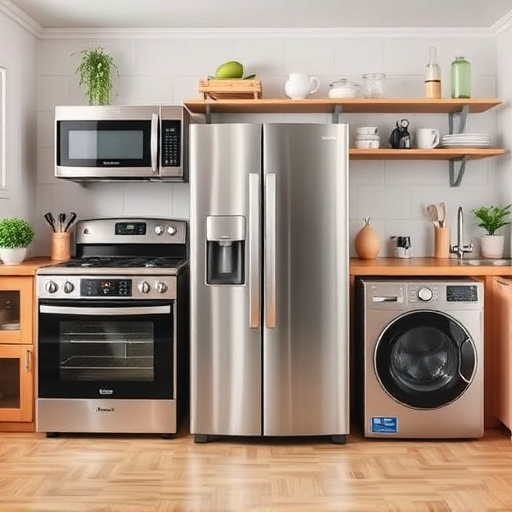
Calibrating your dryer thermostat is a straightforward process that ensures your major appliances maintain consistent and optimal heat levels, enhancing energy efficiency and prolonging the life of your clothing. Begin by turning off the dryer and unplugging it from the power source for safety. Next, locate the thermostat, typically found on the dryer’s control panel. Check if it has adjustable settings; many modern models do. If adjustable, use a screwdriver to tweak the temperature setting to match the recommended level for your clothing type (e.g., cotton, wool). Ensure the setting is accurate by conducting a simple test: run a dry cycle and monitor the temperature using a thermal reader or even a touch-based thermometer. The ideal temperature should be indicated on the garment’s care label. If adjustments are needed, tweak the thermostat settings accordingly until the desired heat level is reached.
Benefits of Maintaining Optimal Heat Levels
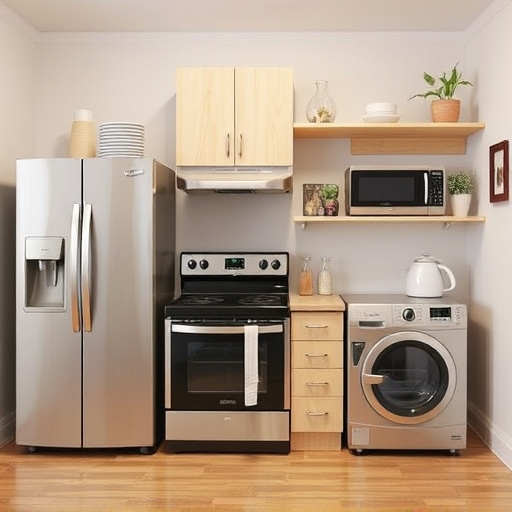
Maintaining optimal heat levels in major appliances like dryers is paramount for several reasons. Firstly, it ensures efficient energy use, as the machine operates at its intended performance, avoiding unnecessary power consumption. Secondly, consistent heat levels contribute to extending the lifespan of your dryer by preventing excessive wear and tear on components that regulate temperature. Moreover, optimal heating plays a crucial role in enhancing the drying process, resulting in faster cycle times and reduced energy costs. Regular calibration of the dryer thermostat ensures these benefits, guaranteeing both performance and cost savings for users.
Proper dryer thermostat calibration is essential for maintaining optimal heat levels in your home, ensuring efficient drying times while preserving energy. By understanding the importance of thermostats in major appliances like dryers, recognizing signs that require calibration, and knowing how to perform this task yourself, you can significantly improve both the performance and longevity of your appliance. Regular calibration not only benefits your dryer but also contributes to a more sustainable and cost-effective household by avoiding unnecessary energy consumption.
